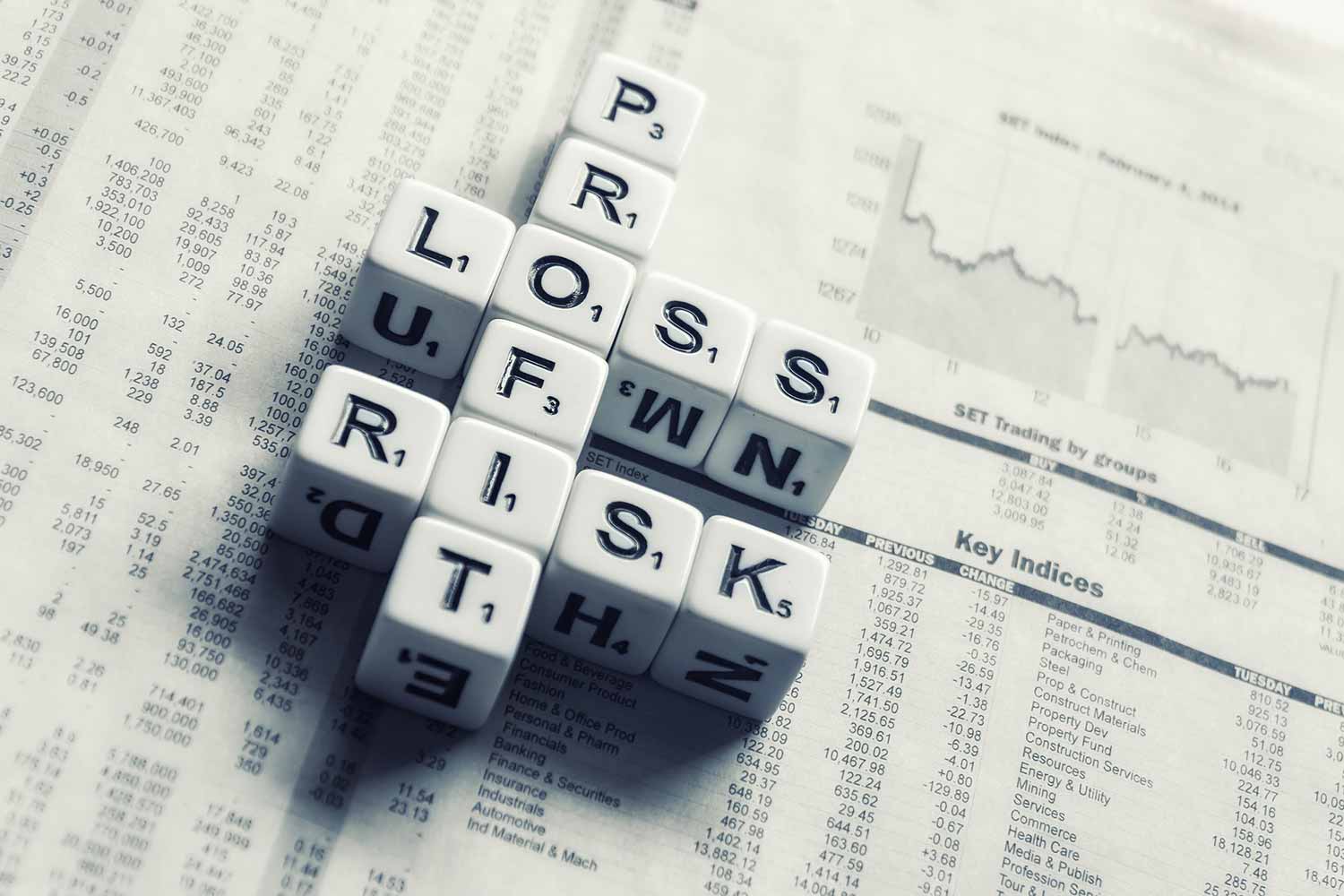Behavioral Biases and Their Influence on Forex Market Decision-Making
In the fast-paced world of Forex trading, decision-making plays a pivotal role in achieving success. However, it is essential to recognize that market participants are not immune to the influence of behavioral biases. These biases, rooted in human psychology, can significantly impact trading outcomes and market dynamics. Understanding and addressing these biases is of utmost importance for both behavioral scientists and Forex traders. By recognizing biases such as overconfidence, confirmation bias, herding behavior, loss aversion, anchoring bias, and availability bias, traders can gain insights into the underlying cognitive and emotional factors that shape decision-making. This awareness empowers traders to adopt effective strategies, refine risk management approaches, and ultimately enhance their performance in the Forex market.
Overview of Behavioral Biases in Forex Trading
Cognitive Biases in Forex Trading
Cognitive biases are prevalent in Forex market participants, impacting decision-making. Overconfidence bias, confirmation bias, herding behavior, anchoring bias, availability bias, and more affect traders. Overconfidence bias leads to inflated self-assessment and excessive risk-taking. Confirmation bias influences selective interpretation of information. Herding behavior encourages following the crowd instead of independent analysis. Anchoring bias anchors expectations to past prices. Availability bias relies on easily accessible information. Recognizing these cognitive biases is crucial to overcome their detrimental effects.
Emotional Biases and Decision-Making
Emotional biases play a significant role in Forex trading. Fear, greed, and anxiety can cloud judgment and lead to impulsive decisions. Fear-driven actions can result in premature exits, while greed prolongs holding onto winning positions. Anxiety may cause missed opportunities. Managing emotional biases is essential for rational decision-making and effective risk management.
Overconfidence Bias in Forex Trading
Overconfidence Bias in Forex Trading
Tendency to Overestimate Abilities and Knowledge
Traders often exhibit overconfidence bias, overestimating their abilities and knowledge in Forex trading. This bias stems from the natural inclination to be overoptimistic, leading traders to believe they can consistently outperform the market.
Impact on Trading Frequency, Risk-Taking, and Performance
Overconfidence bias has a significant impact on trading frequency, risk-taking behavior, and overall performance. Traders influenced by overconfidence tend to trade more frequently, believing they possess superior market insights. This increased trading frequency can lead to higher transaction costs and reduced performance.
Furthermore, overconfidence bias affects risk-taking behavior, as traders may take on larger positions or leverage excessively, underestimating inherent risks. Over time, this bias can result in significant losses and underperformance compared to more realistic traders.
Confirmation Bias and its Effects on Forex Market Analysis
Bias towards Seeking Confirmatory Information
Confirmation bias is a cognitive bias observed in Forex market participants, characterized by the tendency to seek information that confirms existing beliefs while disregarding contradictory evidence. Traders exhibiting confirmation bias actively seek out data and market analysis that align with their preconceived notions, reinforcing their existing beliefs.
Influence on Market Analysis, Interpretation of Signals, and Trading Strategies
Confirmation bias significantly influences market analysis in Forex trading. Traders affected by this bias tend to selectively interpret information and signals that support their initial beliefs, potentially leading to a distorted understanding of market conditions. This bias can reinforce existing biases, leading to a self-reinforcing cycle where traders become more convinced of their predictions, even if they are not objectively accurate.
Furthermore, confirmation bias can impact trading strategies. Traders may be more inclined to identify patterns and signals that align with their preconceived notions, leading to biased trade entries and exits. This can result in missed opportunities or unwarranted risk-taking, as traders may overlook contradictory evidence or fail to consider alternative perspectives.
Herding Behavior and Its Impact on Forex Market Trends
Tendency to Follow the Crowd
Herding behavior refers to the psychological tendency of individuals to follow the crowd and mimic the actions of others, particularly in uncertain or ambiguous situations. In the Forex market, herding behavior manifests when traders imitate the trading decisions and actions of others rather than making independent judgments based on their own analysis.
Influence on Price Momentum, Trend Formation, and Market Volatility
Herd behavior exerts a significant influence on price momentum, trend formation, and market volatility in the Forex market. When a large number of traders engage in herding behavior by following a particular trend or position, it can intensify the momentum and duration of that trend. This can result in prolonged trends and price movements, as the collective actions of traders amplify the initial market sentiment.
However, herding behavior can also contribute to increased market volatility. When a majority of market participants move in the same direction, it creates an imbalance in supply and demand. This can lead to exaggerated price fluctuations, heightened volatility, and sudden reversals when the sentiment shifts or new information emerges.
Loss Aversion Bias and its Influence on Risk Management
Preference for Avoiding Losses
Loss aversion bias refers to the cognitive bias where individuals have a stronger preference for avoiding losses compared to acquiring gains. In the context of Forex trading, traders exhibiting loss aversion bias are more focused on protecting their capital and avoiding losses rather than maximizing potential profits.
Impact on Risk-Taking Behavior
Loss aversion bias significantly influences risk-taking behavior in Forex trading. Traders affected by this bias tend to be more conservative and hesitant when it comes to taking risks. They may be inclined to enter trades with lower positions or set wider stop-loss levels, aiming to minimize potential losses rather than fully capitalizing on profitable opportunities.
Influence on Stop-Loss Placement and Position Sizing
Loss aversion bias also affects risk management practices, such as stop-loss placement and position sizing. Traders driven by this bias may set stop-loss levels at tighter levels to minimize potential losses, potentially prematurely exiting trades before allowing them to fully develop. Additionally, they may opt for smaller position sizes to limit potential downside, even if market conditions suggest larger positions would be more appropriate.
Anchoring Bias and Price Expectations in Forex Trading
Reliance on Initial Reference Points
Anchoring bias in Forex trading refers to the cognitive bias where traders rely too heavily on initial reference points or past prices when making trading decisions. Traders affected by this bias anchor their price expectations to these reference points, which can influence their perception of market trends and potential support/resistance levels.
Effects on Price Expectations and Trend Reversals
Anchoring bias impacts price expectations in Forex trading. Traders anchored to specific price levels or historical patterns may have difficulties adjusting their expectations to new market information. This can lead to delayed recognition of trend reversals or shifts in market sentiment, potentially resulting in missed trading opportunities or erroneous trading decisions.
Influence on Support/Resistance Levels
Anchoring bias can also affect the identification of support and resistance levels. Traders may anchor their analysis to past price levels, assuming they will continue to act as significant support or resistance areas. This can impact their trading strategies and decision-making process, potentially leading to suboptimal trade entries or exits.
Availability Bias and its Effect on Forex Market Perception
Reliance on Readily Available Information
Availability bias in Forex trading refers to the cognitive bias where traders rely heavily on readily available information when making trading decisions. Traders affected by this bias tend to give more weight to information that is easily accessible or comes to mind easily, rather than thoroughly evaluating all relevant factors.
Influence on Perception of Risk, Market Events, and Trading Opportunities
Availability bias significantly influences the perception of risk, market events, and trading opportunities in Forex trading. Traders influenced by this bias may overemphasize recent news or events, leading to an inflated perception of their importance or impact on the market. This can result in biased risk assessments and potentially missed or misunderstood trading opportunities.
Overcoming Behavioral Biases in Forex Trading
Strategies to Mitigate Bias Influence
Mitigating the influence of behavioral biases in Forex trading requires a multi-faceted approach. Traders can employ several strategies to overcome biases, such as cognitive reframing, diversification, and systematic decision-making. By consciously challenging their beliefs, traders can broaden their perspectives and reduce the impact of biases. Diversifying trading strategies and portfolios can help counteract specific biases. Additionally, incorporating systematic decision-making processes, such as rule-based trading systems, can reduce the influence of impulsive biases.
Enhancing Decision-Making through Awareness and Education
Enhancing decision-making in Forex trading involves increasing awareness of behavioral biases and their potential impact. Traders can engage in continuous learning, staying updated on behavioral finance research and market psychology. Education on decision-making heuristics and biases can empower traders to identify and correct their own biases. Psychological techniques, such as mindfulness and emotional regulation, can also aid in improving decision-making by promoting self-awareness and emotional control.
Conclusion
Key Findings on Behavioral Biases in Forex Market Decision-Making
The influence of behavioral biases in Forex market decision-making is significant. Overconfidence bias, confirmation bias, herding behavior, loss aversion bias, anchoring bias, and availability bias all impact traders’ judgments, risk perception, and trading behavior. These biases can lead to suboptimal trading decisions, distorted market analysis, and increased market volatility.
Implications and Future Directions
Understanding and mitigating behavioral biases is crucial for market participants and regulators. Traders should strive to cultivate self-awareness, adopt systematic decision-making approaches, and continuously educate themselves on biases and market psychology. Regulators can play a role in promoting investor education and implementing safeguards against biases in trading practices. Future research should focus on developing robust strategies to mitigate biases, exploring the impact of biases in different market conditions, and examining the effectiveness of interventions to counteract their influence.


